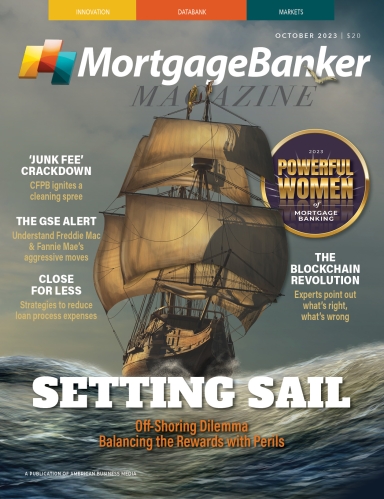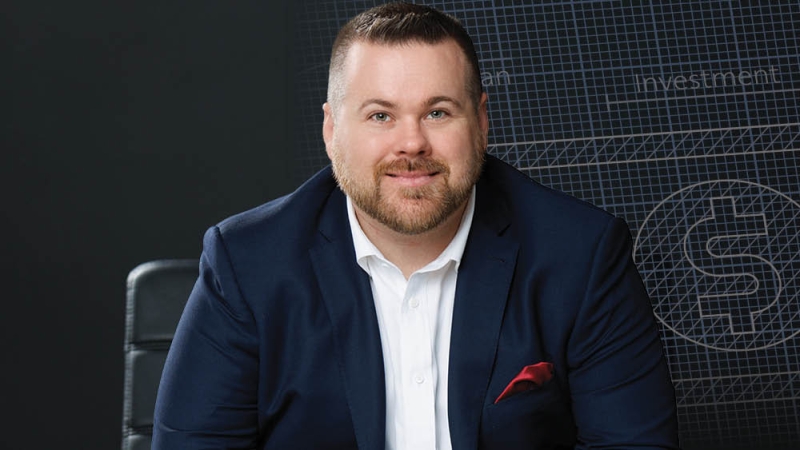Heading Into The Storm
Interestingly, the U.S. is experiencing counterintuitive migration patterns with people continuing to move toward areas at higher risk of natural disasters, said Federal Housing Finance Agency (FHFA) Senior Policy Analyst Joe Weisbord. Homebuilders responding to that demand are increasing the number of homes in higher-risk areas.
Meanwhile, regulatory-driven consumer protections have led to reduced insurance availability. If insurers can’t price the risk in an actuarily fair way, they’ll exit, Greenland explained.
Taken together, these factors have all led to rising natural disaster costs, which in turn have caused insurance companies to raise premiums, pull out of markets, or implement coverage exclusions.
Increases in climate risks put lenders and servicers at risk in several ways. Originators can no longer assume borrowers will have modest homeowner’s insurance payments, while servicers may find borrowers unable to afford rising premiums. Natural disasters can lead to increased modification requests. A lack of insurance availability has overburdened state insurance funds of last resort, the panelists observed.
At the same time risks are increasing, lenders and servicers may soon be required to disclose more about catastrophe risks of the assets they hold.
“The United States has imported the European regulatory structure, [Task Force on Climate-related Financial Disclosures] TCFD, which more or less requires financial institutions to measure and disclose their climate risk, which in residential real estate is natural catastrophe risk,” Greenland said. “Expect to have to measure this through a catastrophe model and disclose it to auditors or the public market, if you’re a publicly traded entity.”











